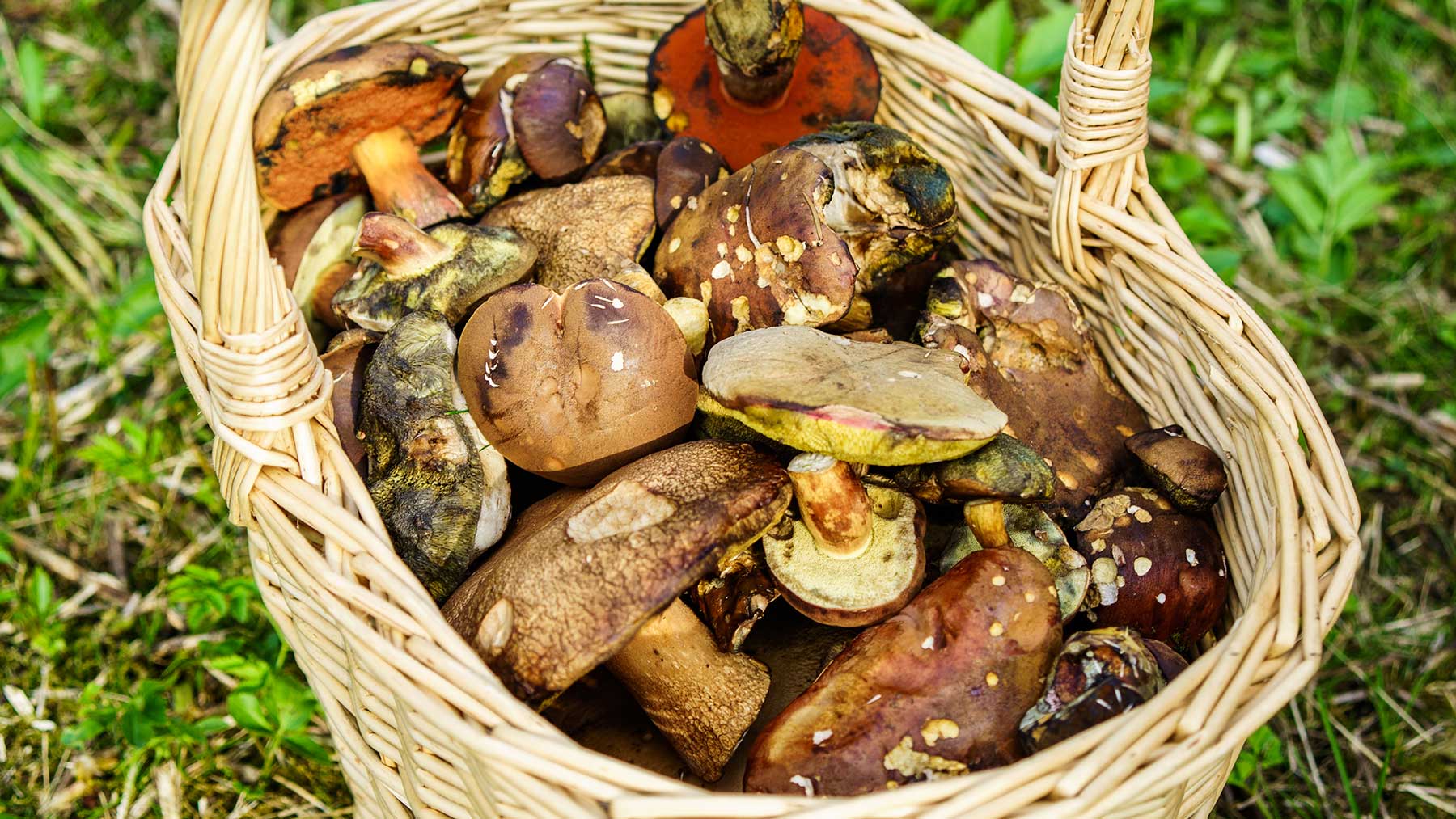
Exploring the Diverse World of Mushrooms in Pembrokeshire
Fungi Fascination
Pembrokeshire, with its lush woodlands, ancient forests, and diverse ecosystems, is a haven for mushroom enthusiasts and nature lovers alike. As autumn rolls around, the county’s woodlands come alive with a vibrant array of fungi species. Join us as we embark on a journey through the enchanting world of mushrooms found in Pembrokeshire.
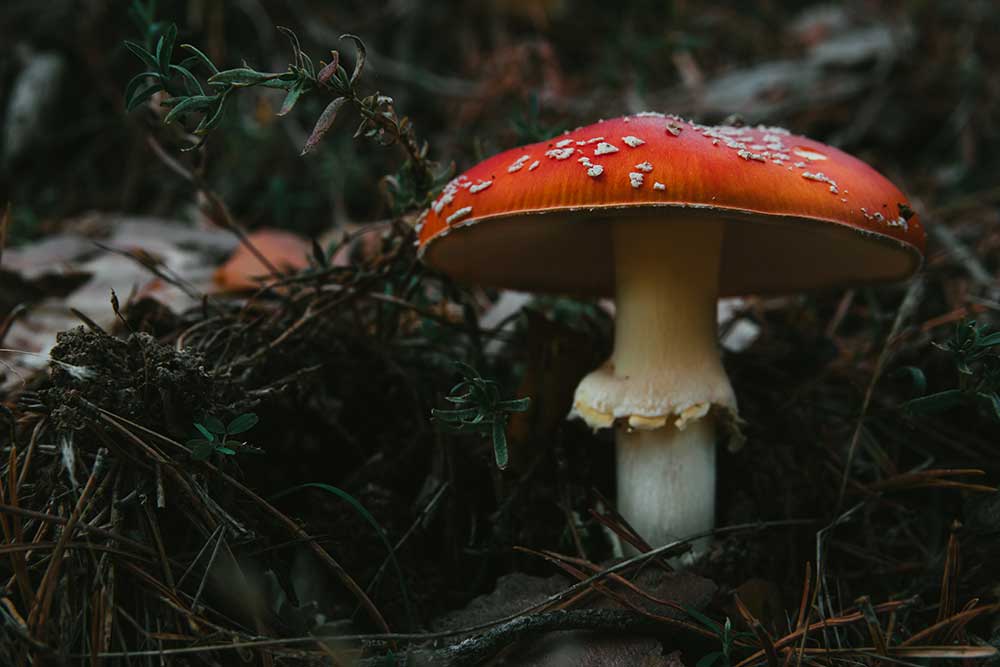
Fly Agaric (Amanita muscaria)
One of the most iconic mushrooms in Pembrokeshire, the fly agaric, with its bright red cap adorned with white spots, is a sight to behold. Though toxic, it’s a fascinating species with a long history in folklore and fairy tales.
Chanterelle (Cantharellus cibarius)
Golden chanterelles grace the woodlands of Pembrokeshire, often found in mossy, damp areas. These delicious, edible mushrooms are highly sought after by foragers and are known for their distinctive, trumpet-shaped appearance.
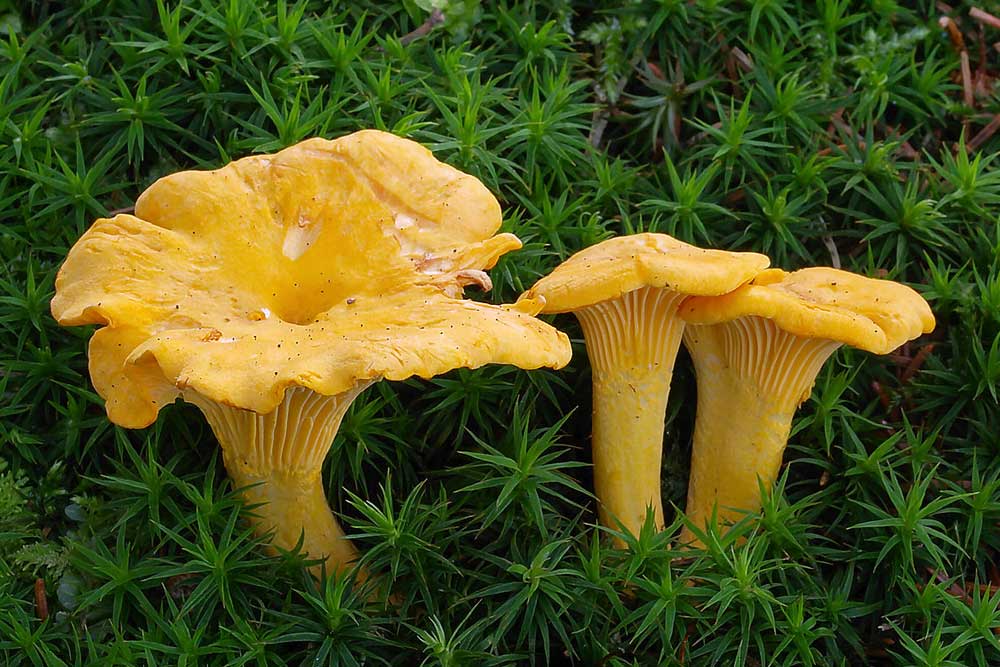
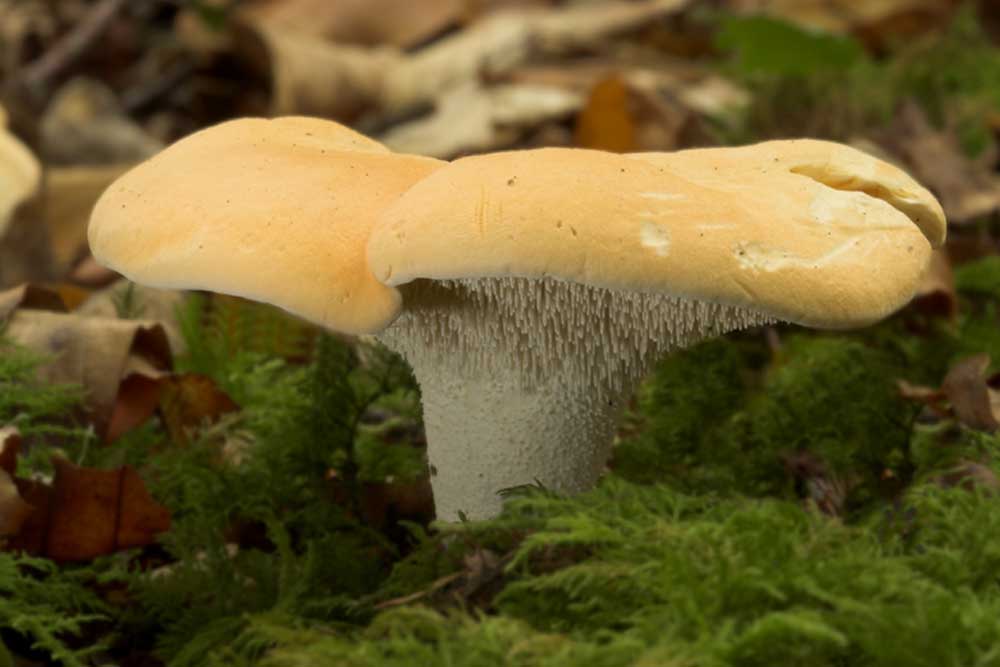
Hedgehog Mushroom (Hydnum repandum)
The hedgehog mushroom gets its name from the tiny spines on its underside instead of gills. It’s a delectable edible species often found in the county’s mixed woodlands, adding a gourmet touch to autumn meals.
Chicken of the Woods (Laetiporus sulphureus)
This vibrant orange mushroom is a sight to behold and is often spotted growing on the trunks of oak trees in Pembrokeshire. It’s edible and has a mild, chicken-like flavour, making it a favourite among foragers.
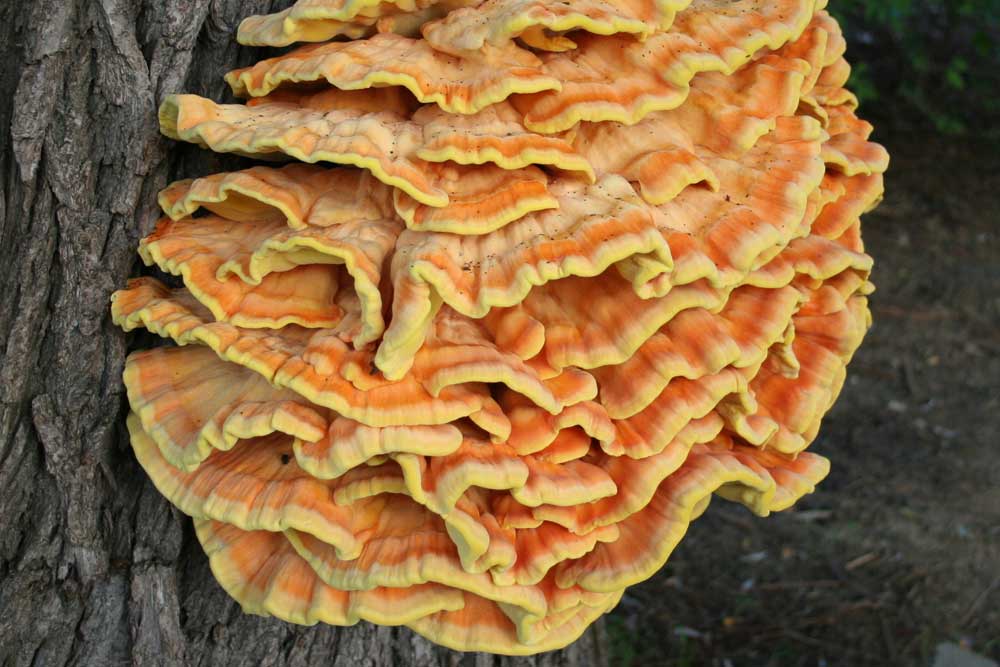

Liberty Cap (Psilocybe semilanceata)
Found in grassy meadows and pastures, the liberty cap is a small, brown mushroom known for its psychoactive properties. While its recreational use is illegal in many places, it’s fascinating from a mycological perspective.
Birch Polypore (Piptoporus betulinus)
This woody bracket fungus is commonly found on birch trees and is known for its impressive size. Historically, it has been used for its medicinal properties, including as a fire starter and for making tinder.
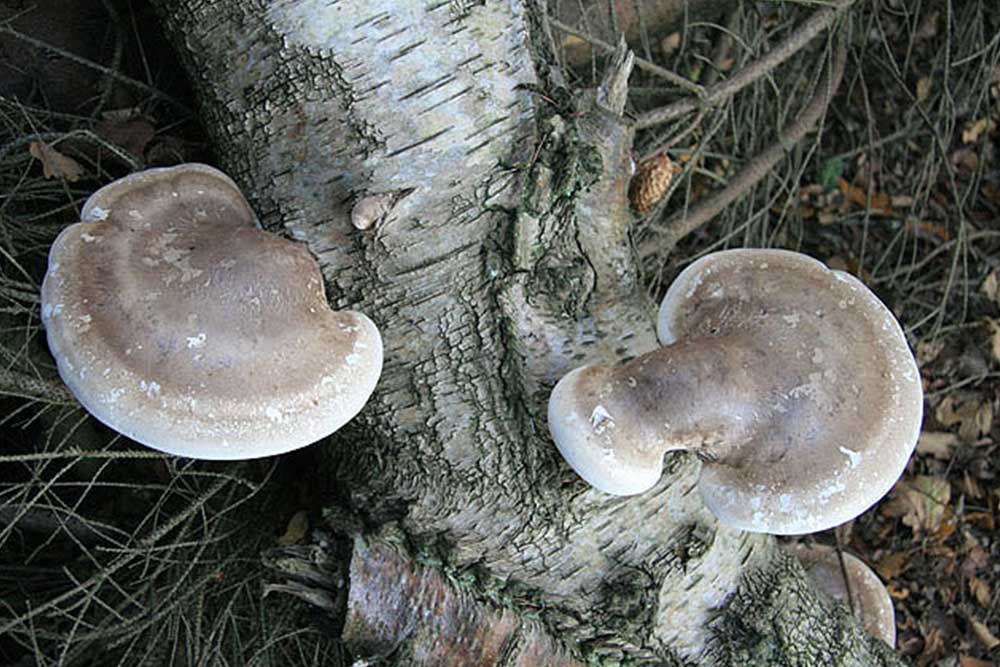
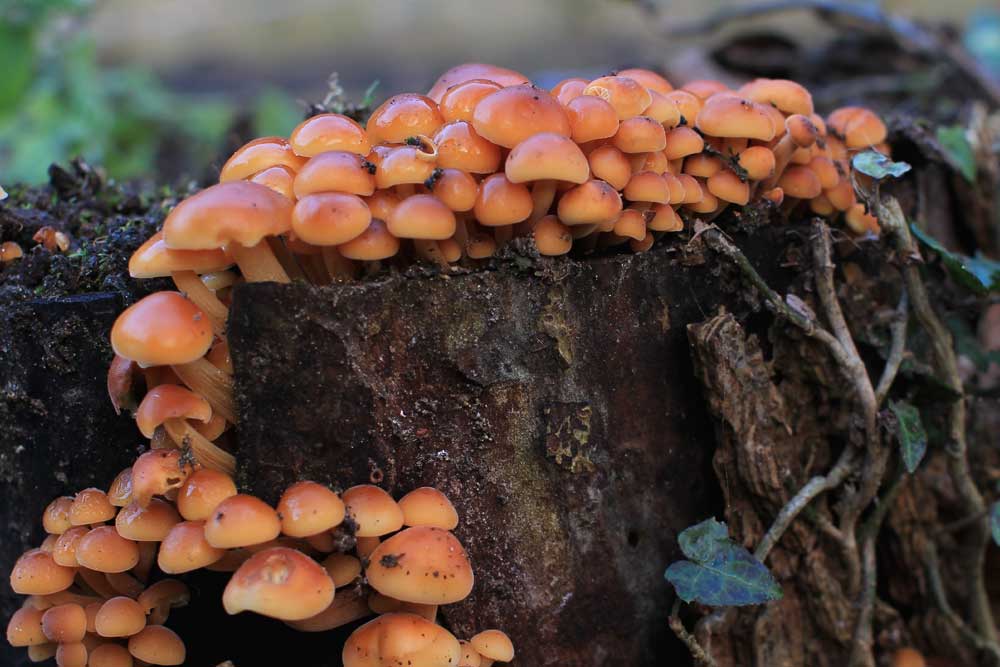
Velvet Shank (Flammulina velutipes)
Often appearing in clusters on tree stumps or decaying wood, the velvet shank is a winter mushroom that can extend into early spring. Its smooth, reddish-brown cap and slender stem are distinctive features.
Turkey Tail (Trametes versicolor)
Named for its colourful concentric rings that resemble a turkey’s tail feathers, this bracket fungus is commonly found on dead or decaying wood in Pembrokeshire. It’s known for its medicinal properties and is used in traditional Chinese medicine.
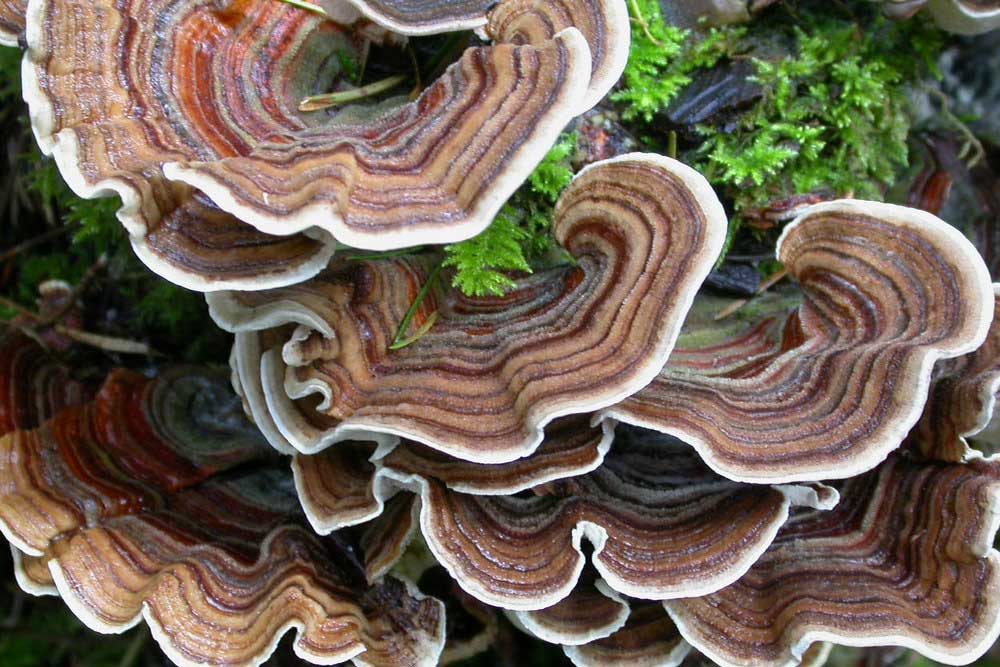

Plums and Custard (Tricholomopsis rutilans)
This vibrant mushroom, with its striking purple cap and yellow stem, stands out in the woodland undergrowth. While it’s considered edible by some, it’s best appreciated for its striking appearance.
Amethyst Deceiver (Laccaria amethystina)
The amethyst deceiver is a small, colourful mushroom with a cap that ranges from lilac to deep purple. It’s often found in mossy woodlands and is known for its stunning coloration.
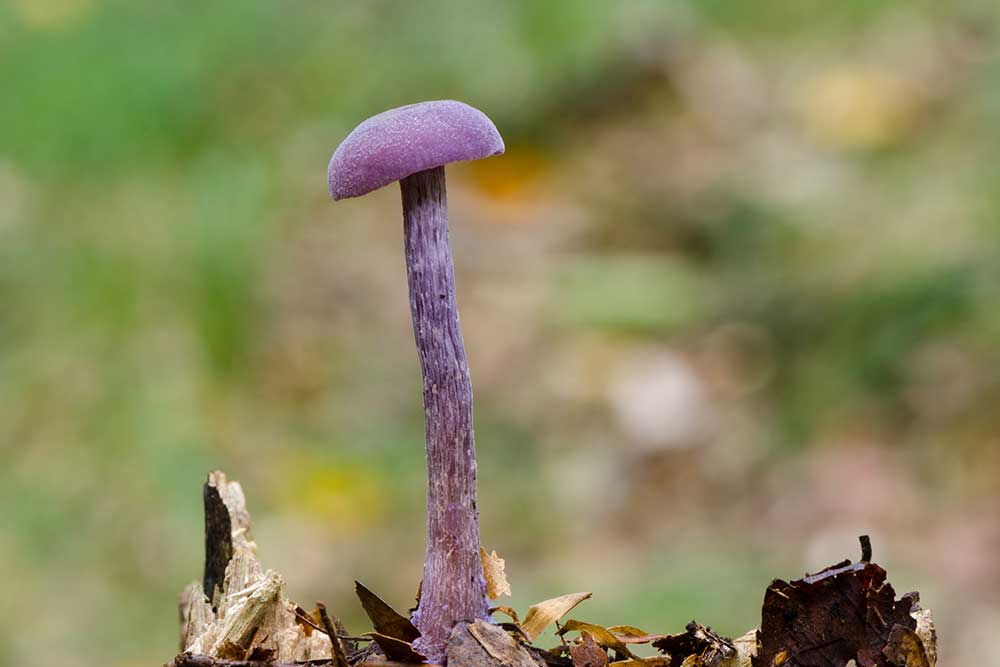
Pembrokeshire’s woodlands are a treasure trove of fungal diversity, with mushrooms ranging from the delicious and edible to the poisonous and psychedelic. Whether you’re a seasoned mycophile or a curious nature enthusiast, exploring the world of fungi in Pembrokeshire offers a fascinating glimpse into the intricacies of the natural world. Remember, when foraging for mushrooms, it’s essential to be knowledgeable and cautious, as many species can be toxic. Enjoy the beauty of Pembrokeshire’s fungi and leave the harvesting to the experts!